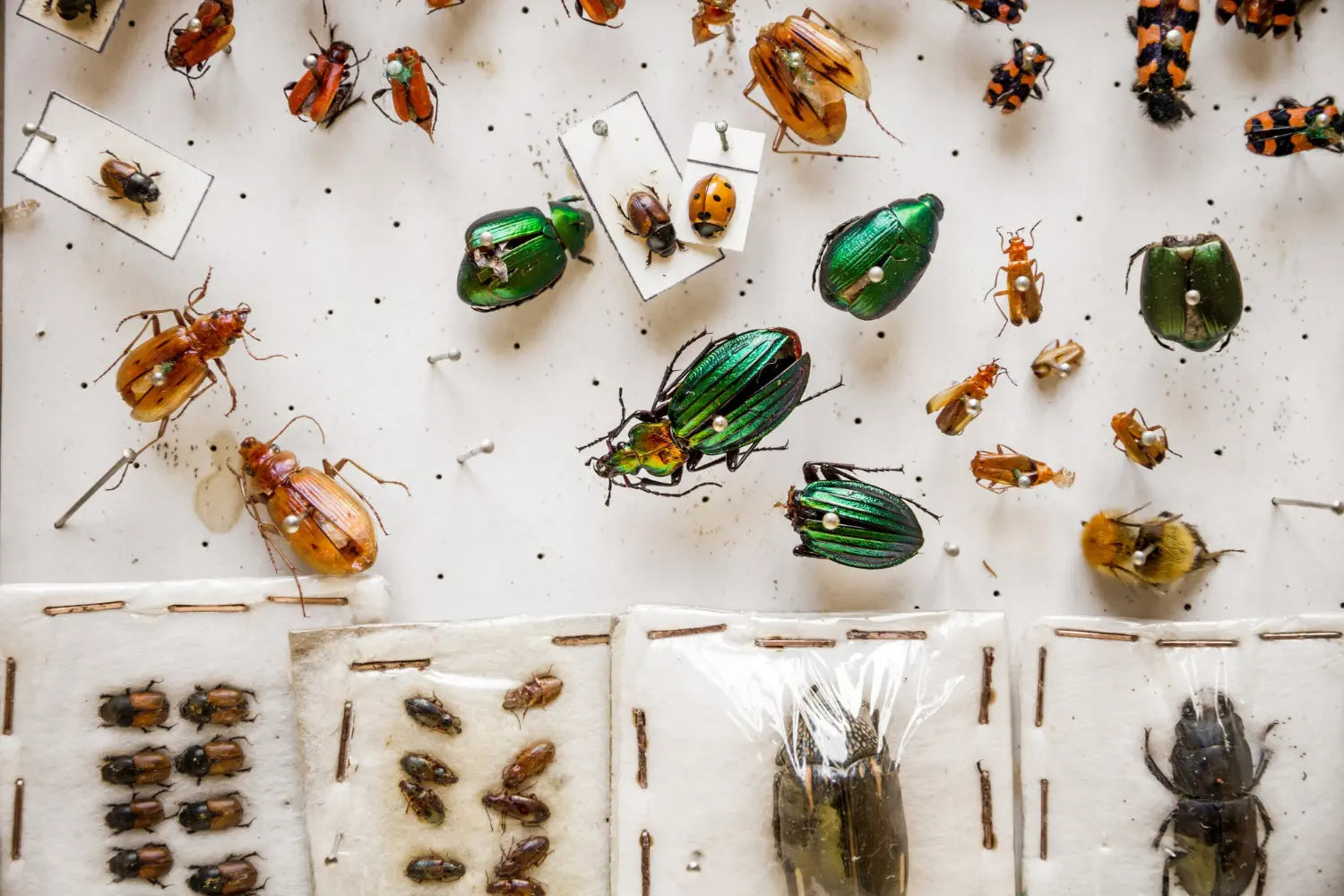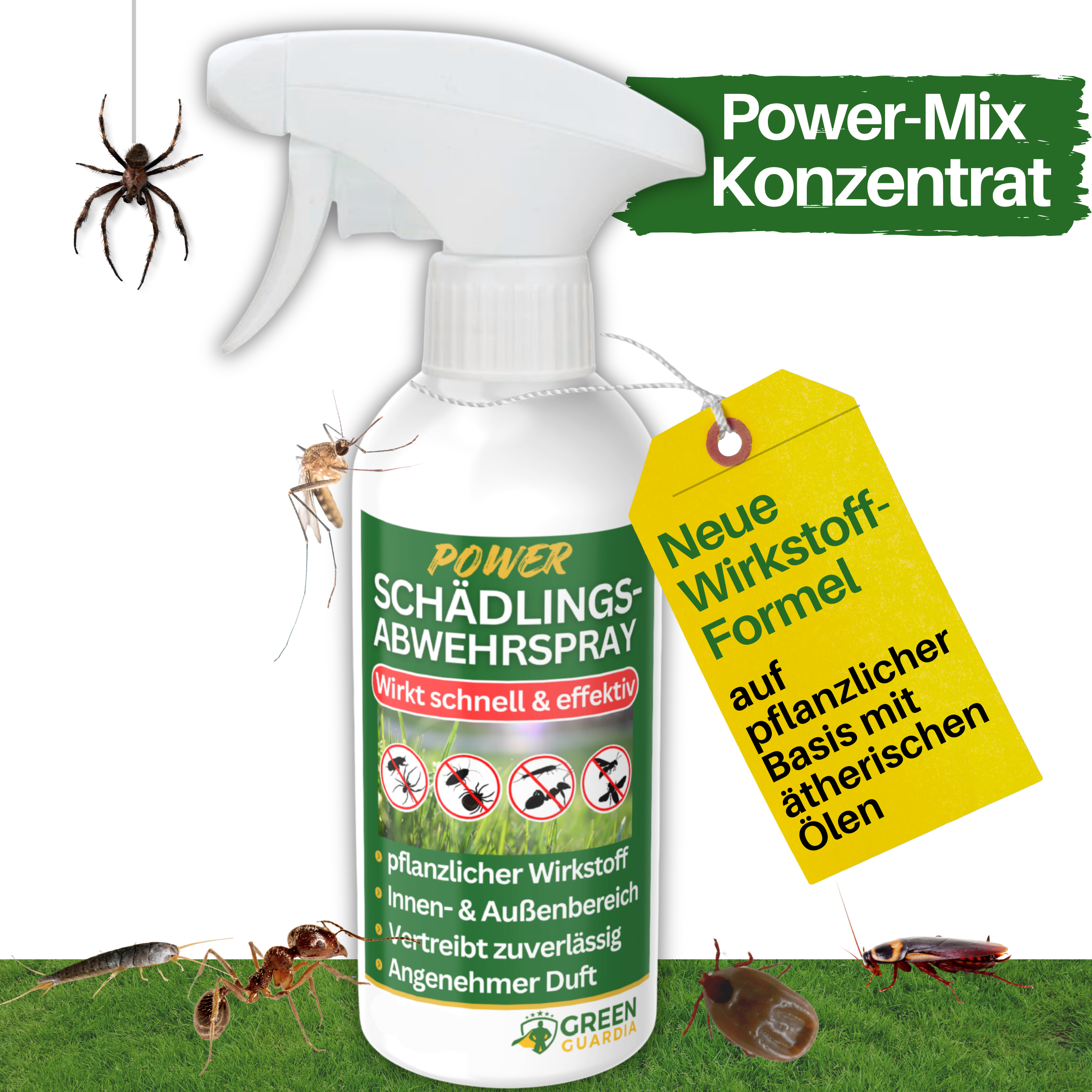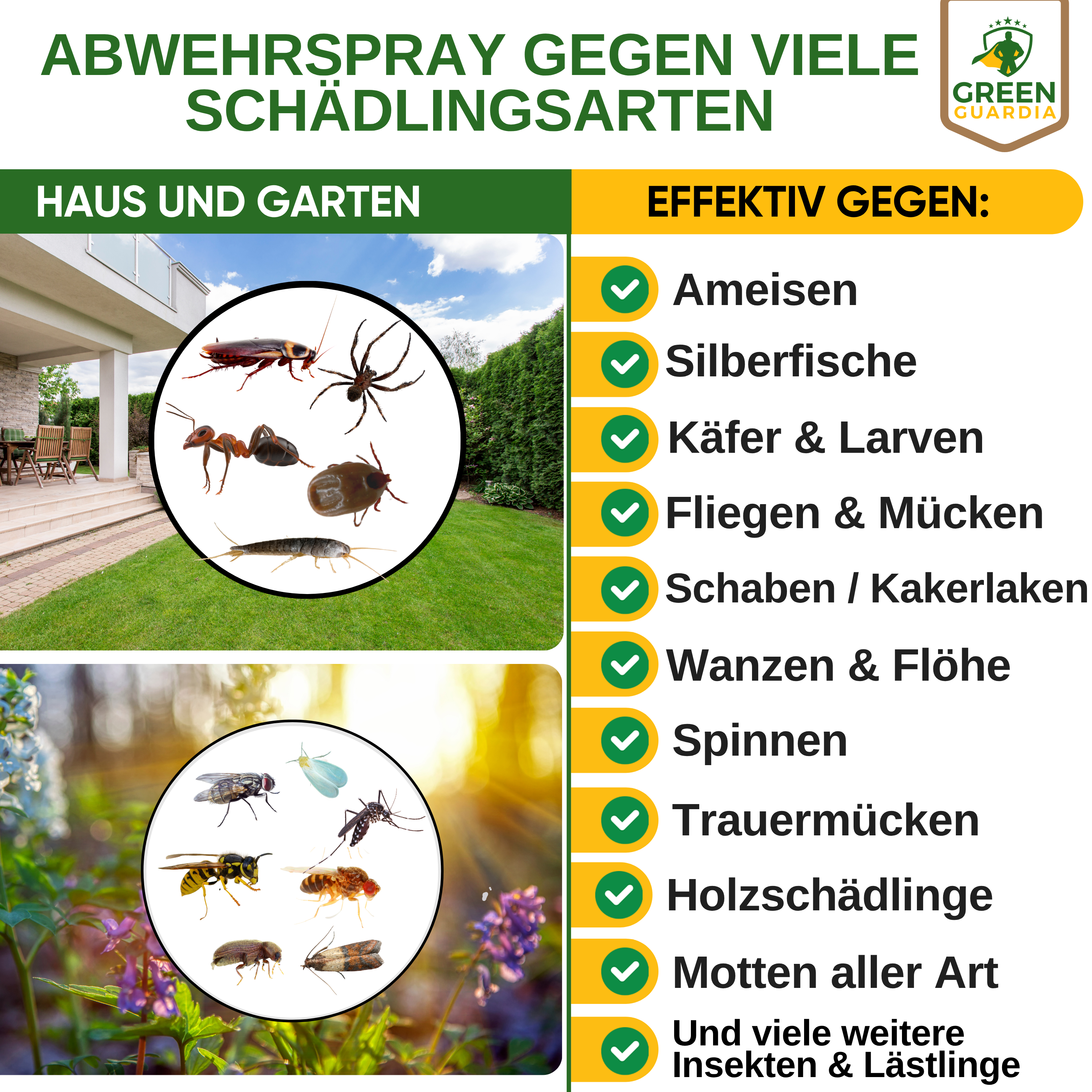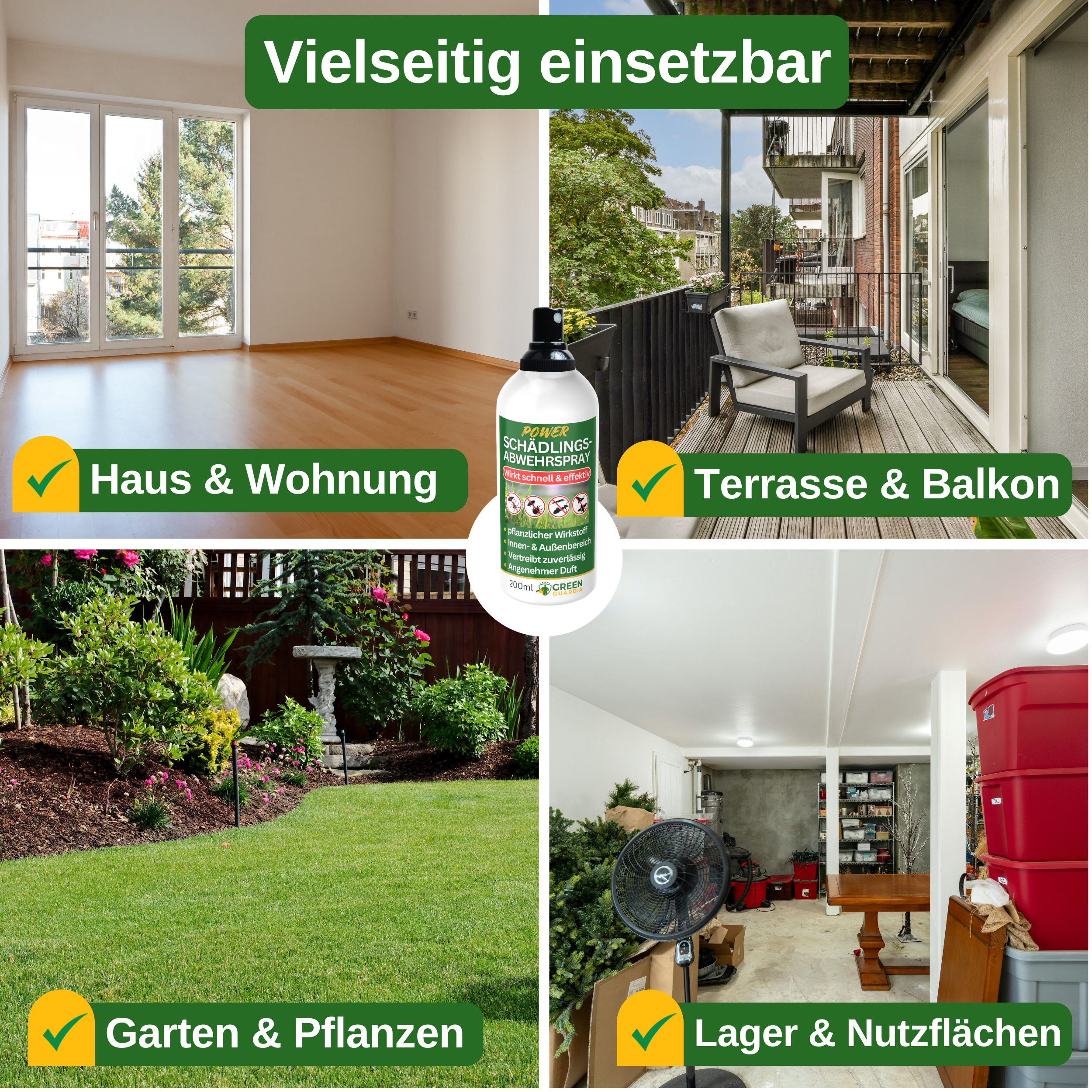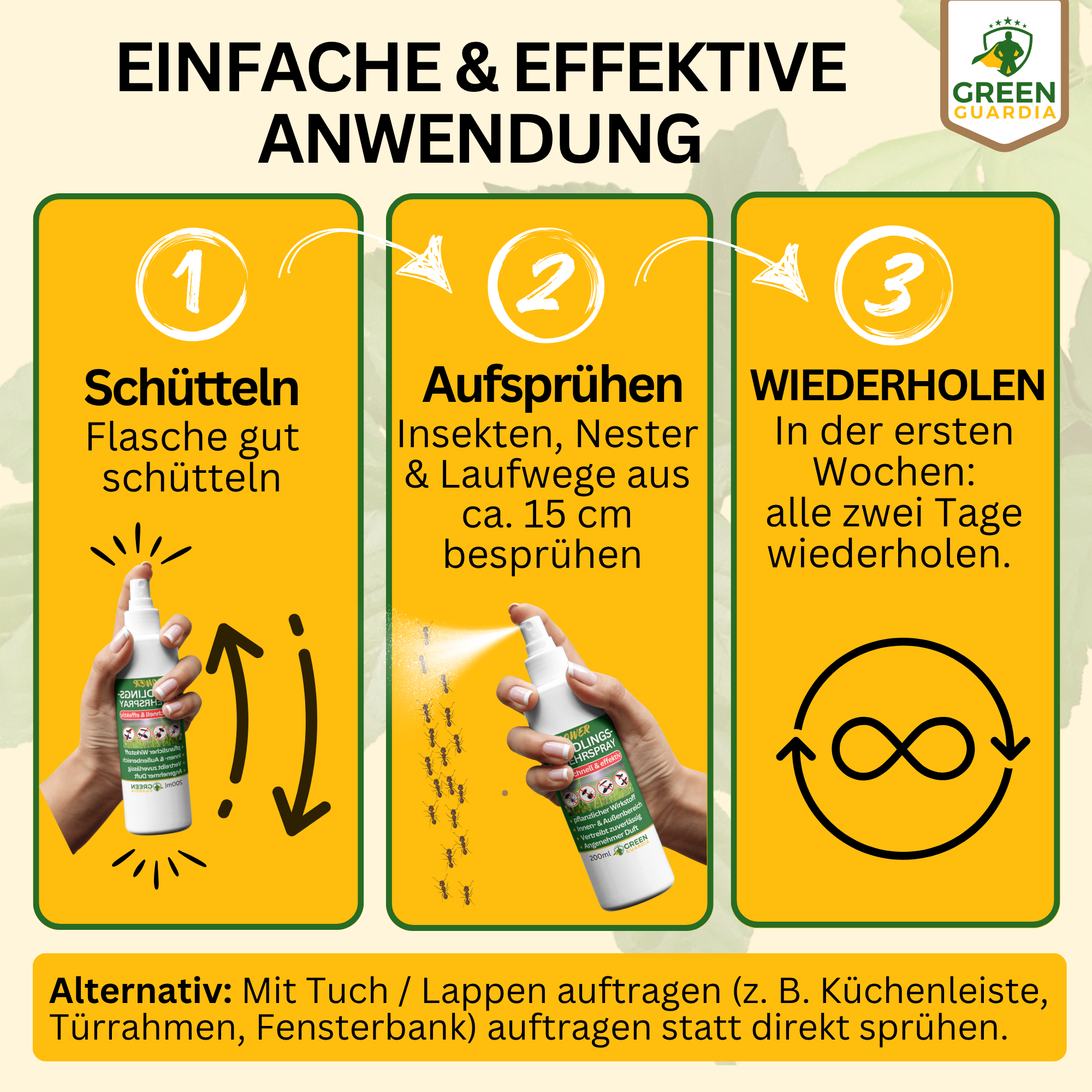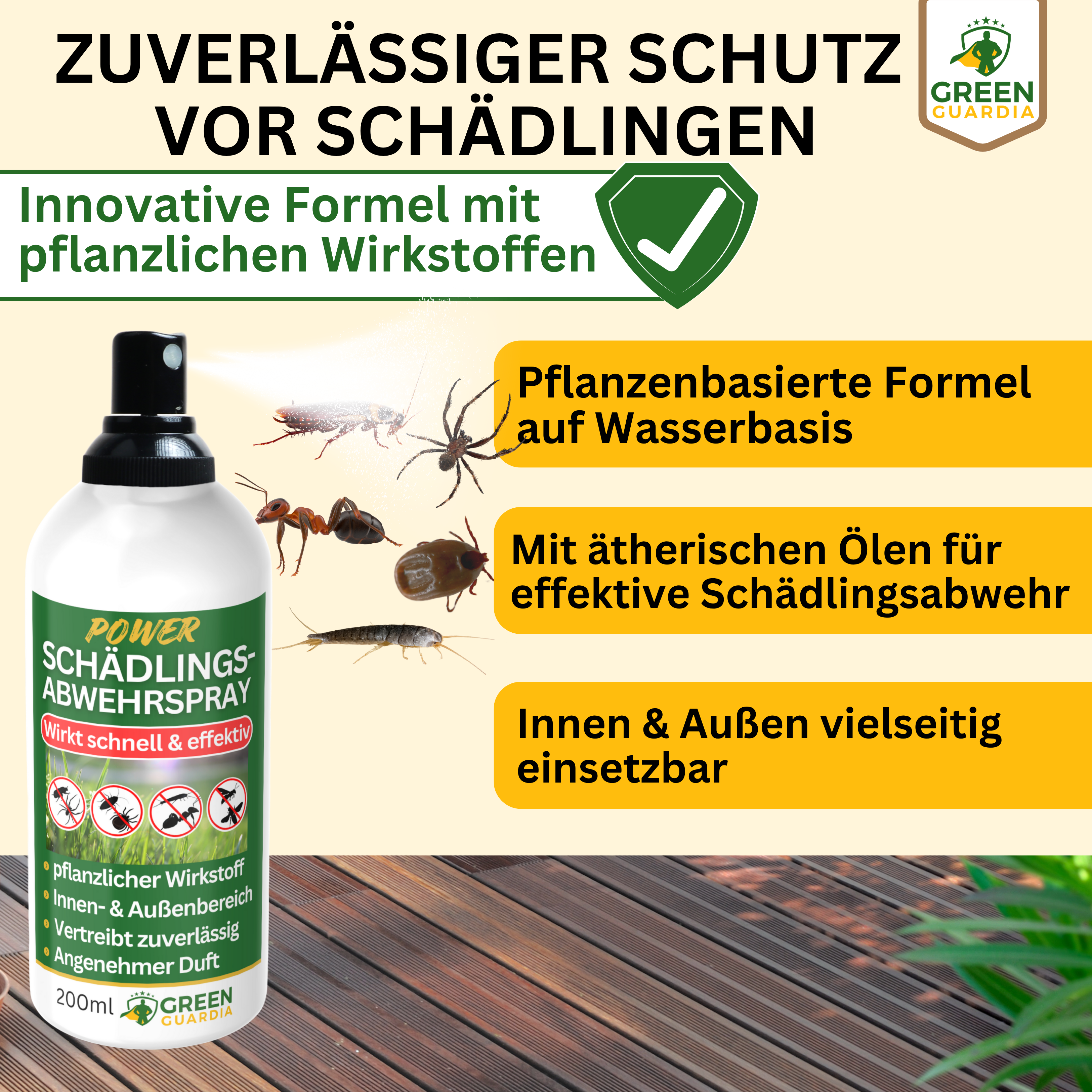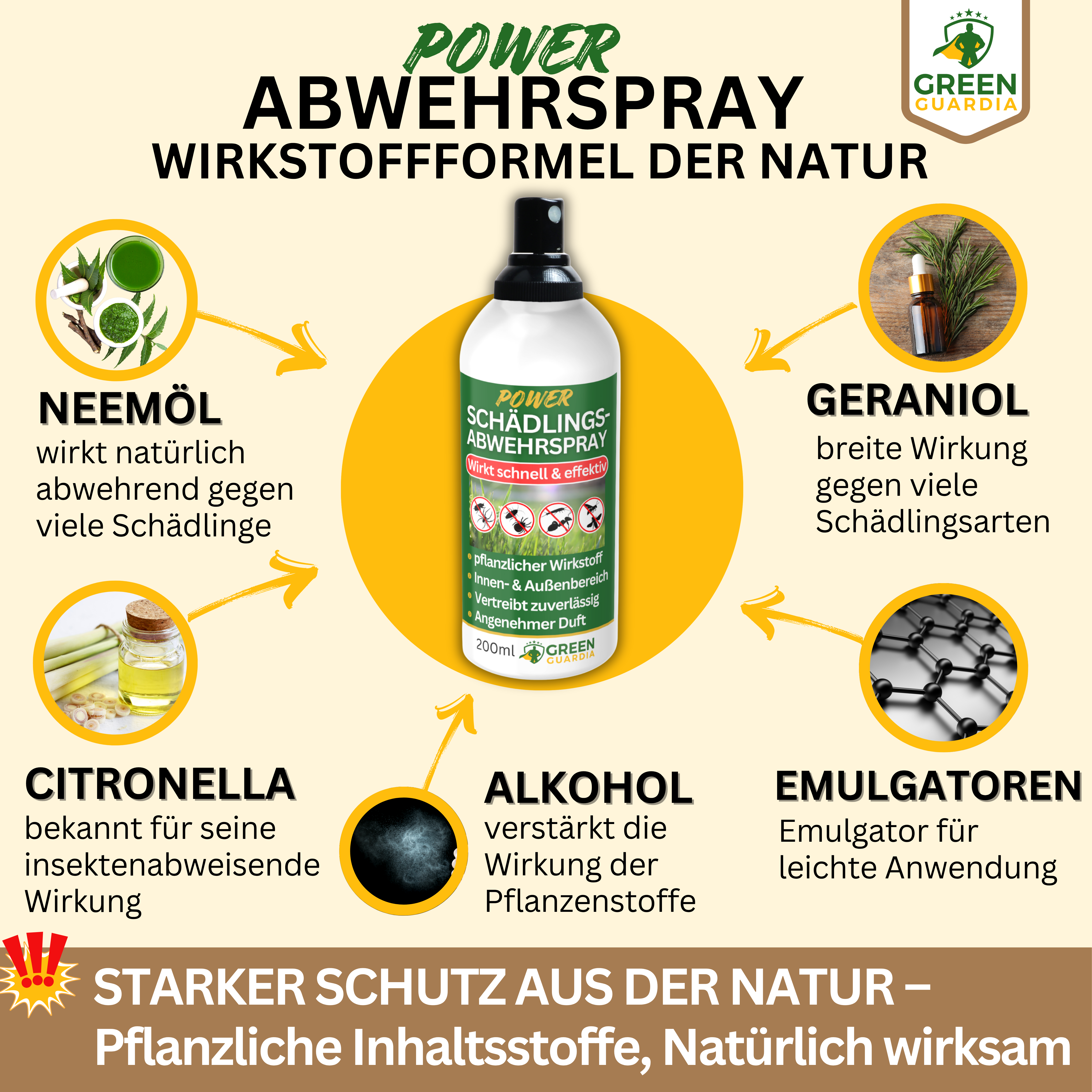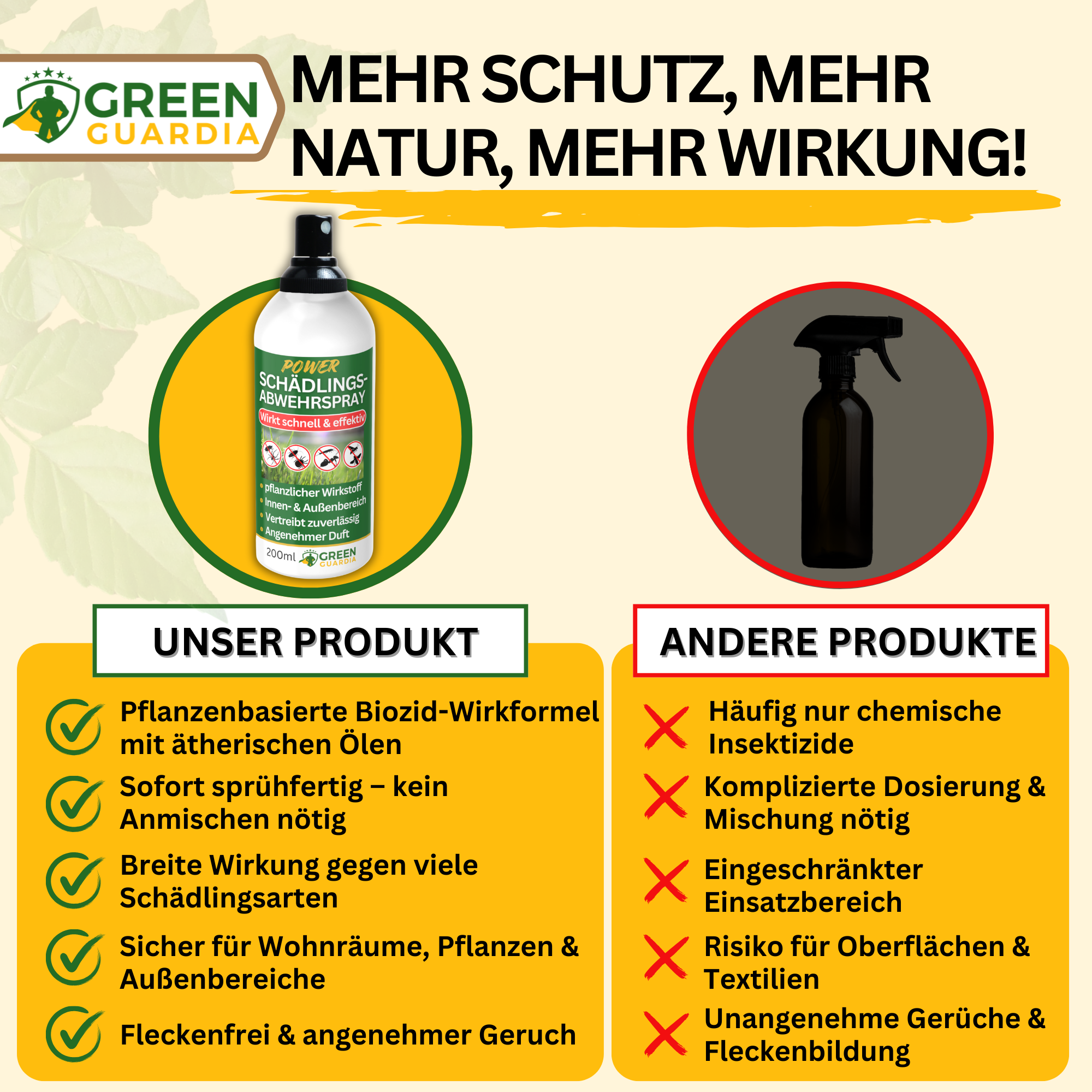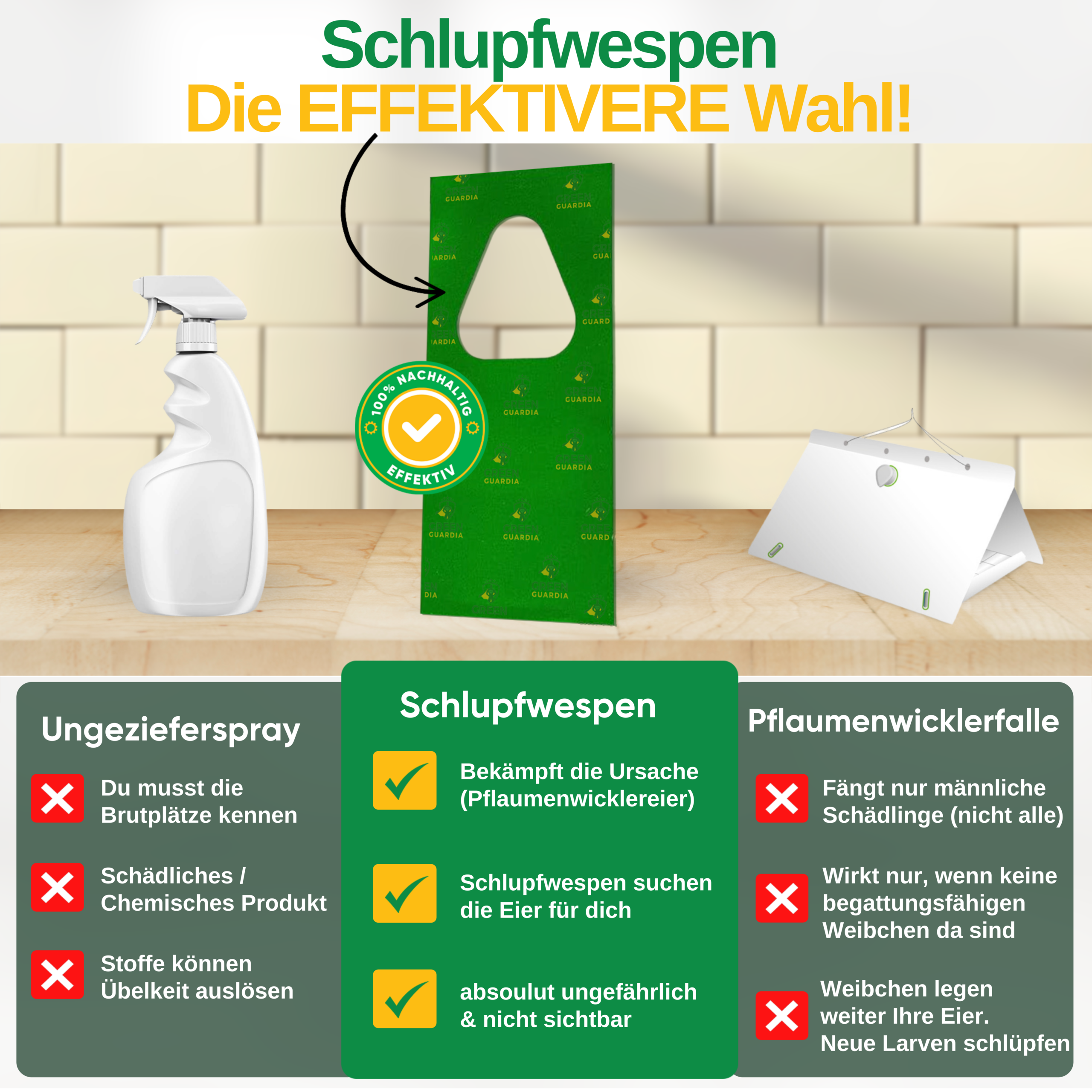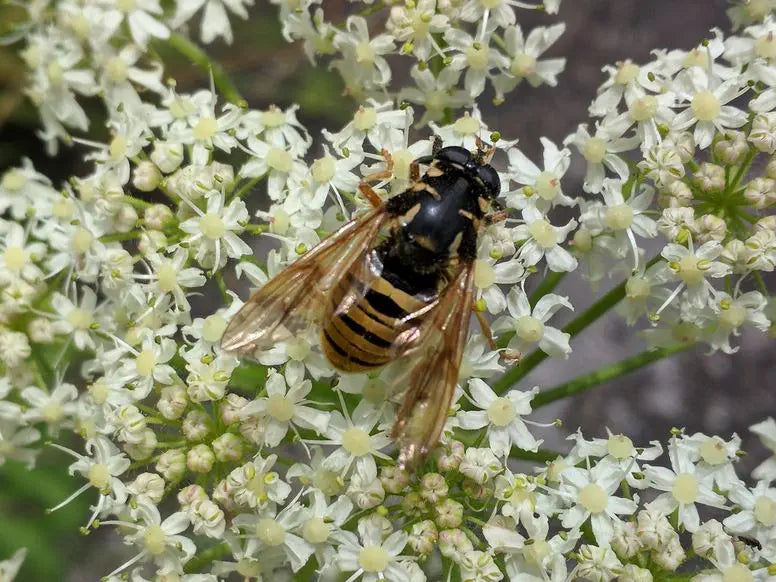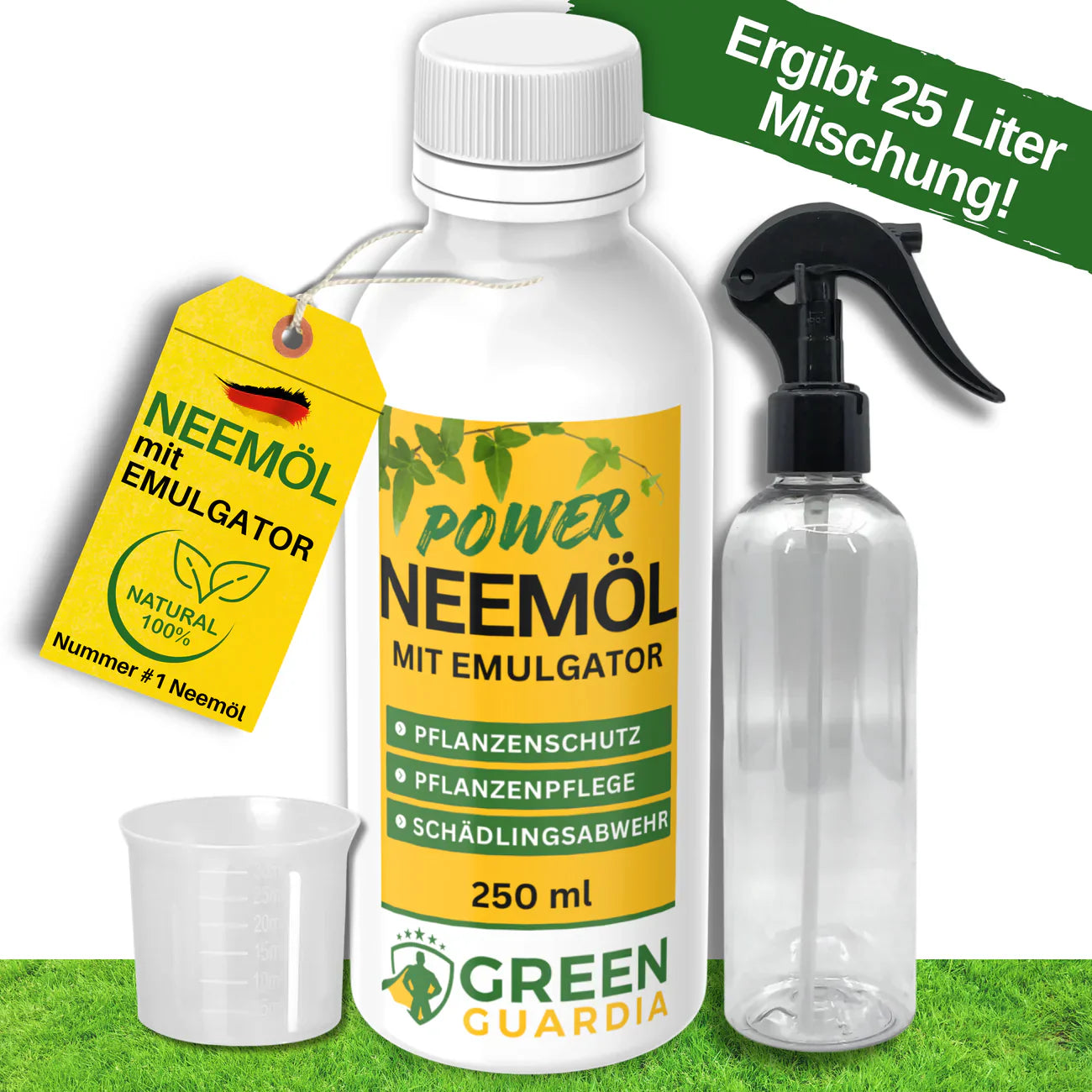Natural pest control in the garden: How to keep your greenery healthy
A thriving garden can quickly suffer damage if pests take over. Whether aphids, whiteflies, or mites – they hamper your plants' growth, reduce harvests, and can spread diseases. But there's an alternative: Instead of resorting to chemical pest control, more and more gardeners are turning to natural pest control. This article shows you how to recognize early signs, which remedies help, and how to keep pests away from your garden for the long term – with solutions that protect plants, animals, and the environment.
How to recognize an infestation
An infestation detected early is much easier to contain. Therefore, pay attention to:
- Signs of damage to leaves – jagged edges or holes indicate beetles or caterpillars.
- Webs or white deposits – Spider mites or fungal infections are indicated by fine webs or deposits on the underside of the leaves.
- Sticky residue – so-called honeydew, often caused by aphids.
- Yellowing or curling of leaves – a sign of nutrient deprivation by sucking insects.
- Increased ant activity – Ants like to stay near aphid colonies.
Take time to check your plants regularly – preferably in the morning or evening when many pests are particularly active.
Natural methods to combat
Nature provides us with helpful allies – so-called beneficial organisms that specifically combat certain pests without endangering other garden inhabitants.
The most important beneficial organisms at a glance:
- Lacewing larvae – also known as aphid lions – consume hundreds of pests every day.
- Ladybugs and their larvae – effective helpers against aphids and scale insects.
- Ichneumon wasps – parasitize eggs or larvae of pests such as whiteflies.
- Nematodes – microscopic threadworms that control soil pests such as grubs or fungus gnat larvae.
Complementary methods:
- Neem oil – natural insecticide from the neem tree, effective against sucking insects.
- Glue traps with attractants – from our range, ideal for monitoring and reducing flying pests.
- Pheromone traps – specifically against butterflies or mosquitoes, are particularly helpful in fruit growing.
💡 Our tip: Combine several measures, e.g. our plastic adhesive pheromone trap in conjunction with lacewing larvae, to control different pest species simultaneously.
Preventive measures
A healthy garden is the best protection against pest infestation. These measures will strengthen your plants and reduce the risk of infestation:
- Integrate defensive plants: Plants such as lavender, nasturtiums or lemon balm repel many pests with their scents.
- Create natural structures: stone piles, insect hotels and wildflowers promote beneficial insects.
- Improve soil quality: Compost and mulch strengthen plant growth and increase resistance.
- Regular inspection: Early detection through visual inspections or setting up sticky traps with attractants.
- Avoid stagnant water: Wet soils promote root rot and attract pests.
Products for natural control
Our products are specifically designed to combat pests – without harmful residues or harm to the environment or beneficial organisms:
🟢 Glue trap with attractant – ideal for detecting and reducing flying insects such as fungus gnats.
🟢 Plastic adhesive pheromone trap – specifically designed for certain butterfly species or beetles, such as fruit pests.
🟢 Lacewing larvae & ladybird larvae – effective against aphids, thrips and other soft-skinned insects.
🟢 Neem oil spray (organic certified) – gentle on plants, powerful against sucking pests.
Conclusion
A pest-free garden is no accident—it's the result of careful observation, targeted measures, and sustainable care. Instead of relying on harsh chemicals, beneficial insects, herbal supplements, and products like our sticky traps with attractants will help keep your garden healthy. Take action and discover natural ways to control pests—for your plants, your harvest, and our environment.
👉 Discover our environmentally friendly products now and protect your garden naturally:

